Material Science and Engineering
Seeing both sides of light collection
Combining two light-absorbing materials and optimizing the flow of current improves the performance of solar cells.
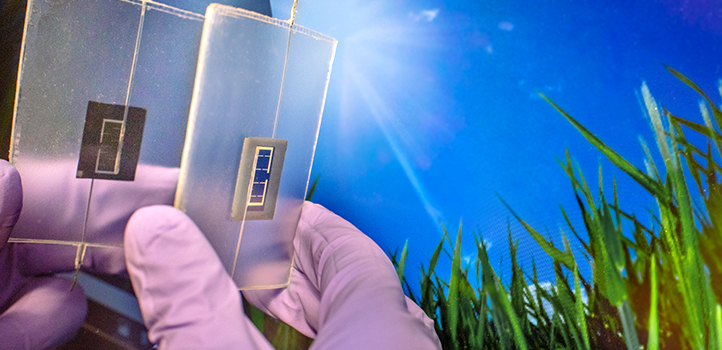
Two types of materials are better than one when it comes to solar cells, as revealed by an international team that has tested a new combination of materials and architecture to improve solar-cell efficiency.
Silicon has long dominated as the premier material for solar cells, helped by its abundance as a raw material. However, perovskites, a class of hybrid organic-inorganic material, are a viable alternative due to their low-cost and large-scale manufacture and potentially higher performance. While still too unstable for full commercialization, they might become available to the market by 2022.
KAUST’s Michele De Bastiani and Stefaan De Wolf, working with colleagues in Canada, Germany and Italy, now show that a combination of the two is the best approach. By optimizing the material composition and the architecture of a “tandem” device, the team has achieved efficiencies beyond commercial silicon solar panels.
Sunlight, of course, comes directly from the sun, but illumination also comes from light reflecting off other surfaces, known as albedo. A device architecture that collects light from the back as well as from the front can utilize this source. “Our bifacial tandems exploit both direct sunlight and the albedo to generate electricity in a more efficient way than their conventional counterparts,” explains De Bastiani.
He and the team started with a simple silicon device structure that was textured top and bottom to enhance light collection. They then used a solution-processing method to deposit a thin perovskite layer on top. A transparent back electrode allowed light in while also allowing a current to flow out. The researchers tested five perovskite materials, each with a different chemical composition, to increase the absorption of incoming light. In this way, they were able to identify the perovskite that best matched the electronic properties of the silicon.
“A restriction of the tandem configuration is the limited current through the lower of the two subcells,” says De Bastiani. “We designed our tandem with a unique feature: the perovskite subcell generates more current than the silicon counterpart by stealing light that would be otherwise absorbed by the bottom subcell.”
The team tested their bifacial devices and compared the performance to similar monofacial devices in various outdoor settings with a range of albedos, such as, for example, bright sandstone or concrete. They found that, in all conditions, the bifacial configuration outperformed the monofacial one.
“We are now investigating the stability of the perovskite while also scaling up the technology to the module level,” says De Bastiani. “For this, we are looking for industrial partners and sponsors.”
References
-
De Bastiani, M., Mirabelli, A.J., Hou, Y., Gota, F., Aydin, E., Allen, T.G., Troughton, J., Subbiah, A.S., Isikgor, F.H., Liu. J., Xu, L., Chen, B., Van Kerschaver, E., Baran, D., Fraboni, B., Salvador, M.F., Paetzold, U.W., Sargent, E.H. & De Wolf, S. Efficient bifacial monolithic perovskite/silicon tandem solar cells via bandgap engineering. Nature Energy 6, 167-175 (2021).| article
You might also like
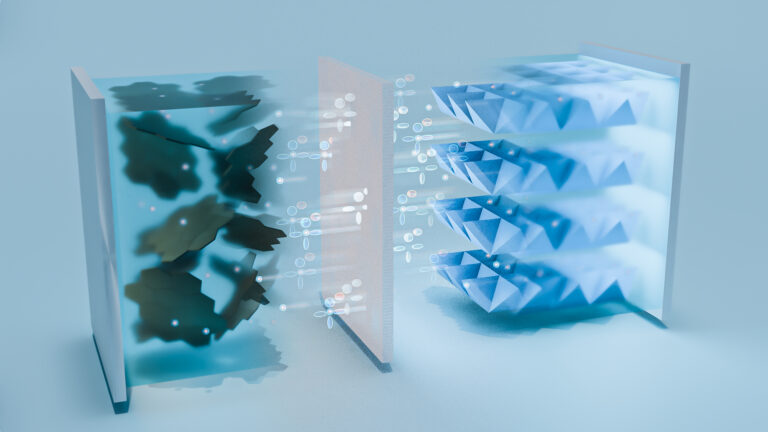
Applied Physics
A single additive enables long-life, high-voltage sodium batteries

Bioengineering
Smart patch detects allergies before symptoms strike

Applied Physics
Two-dimensional altermagnets could power waste heat recovery
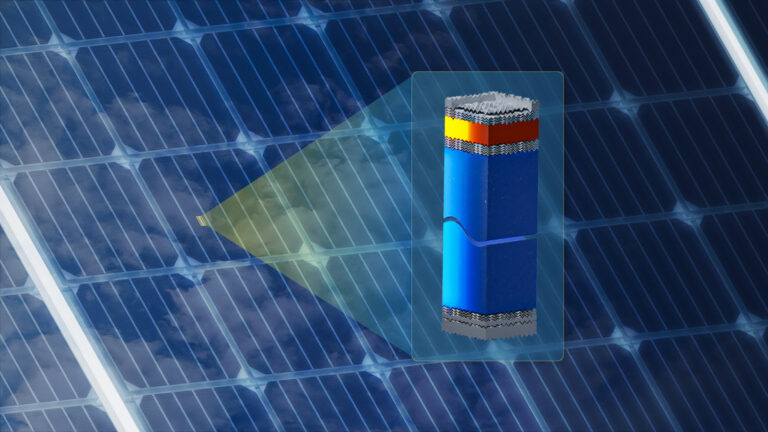
Applied Physics
Interface engineering unlocks efficient, stable solar cells
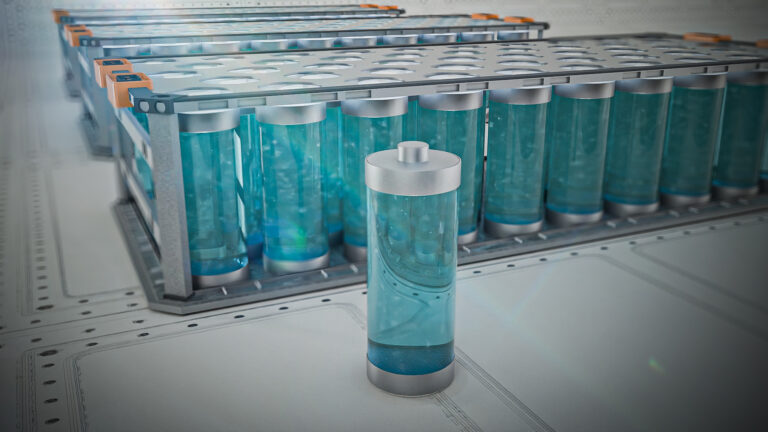
Applied Physics
The right salt supercharges battery lifespan

Applied Physics
Light-powered ‘smart vision’ memories take a leap forward

Applied Physics
Natural polymer boosts solar cells
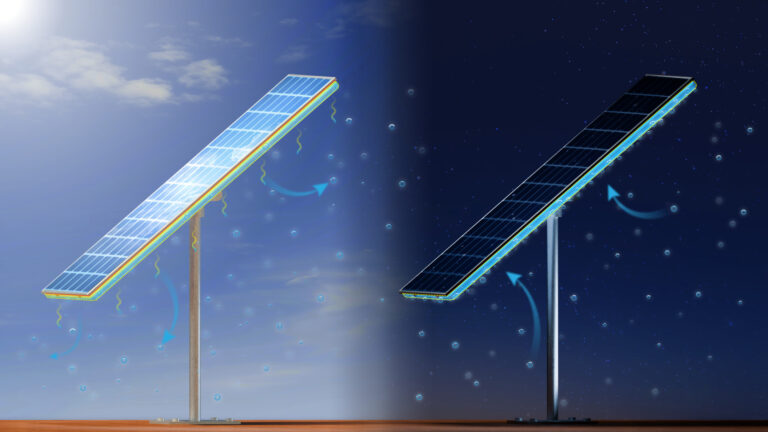
Material Science and Engineering




